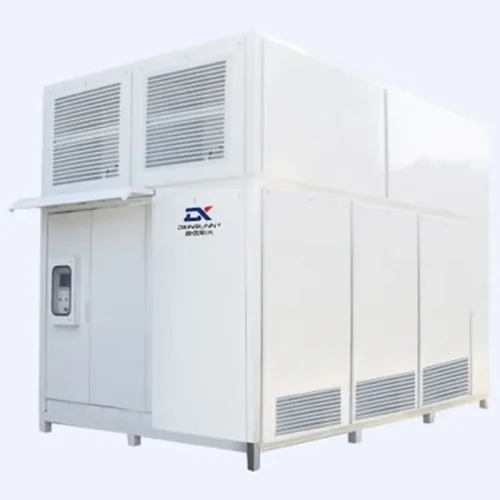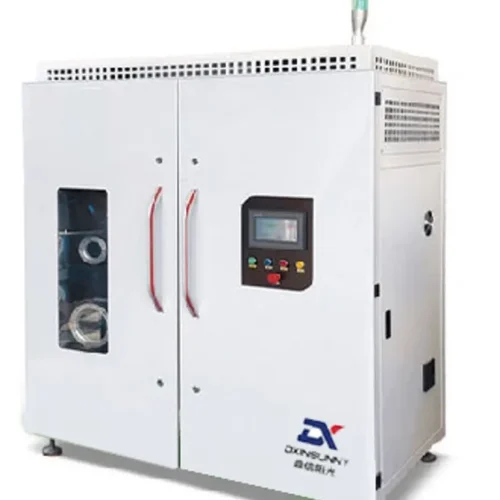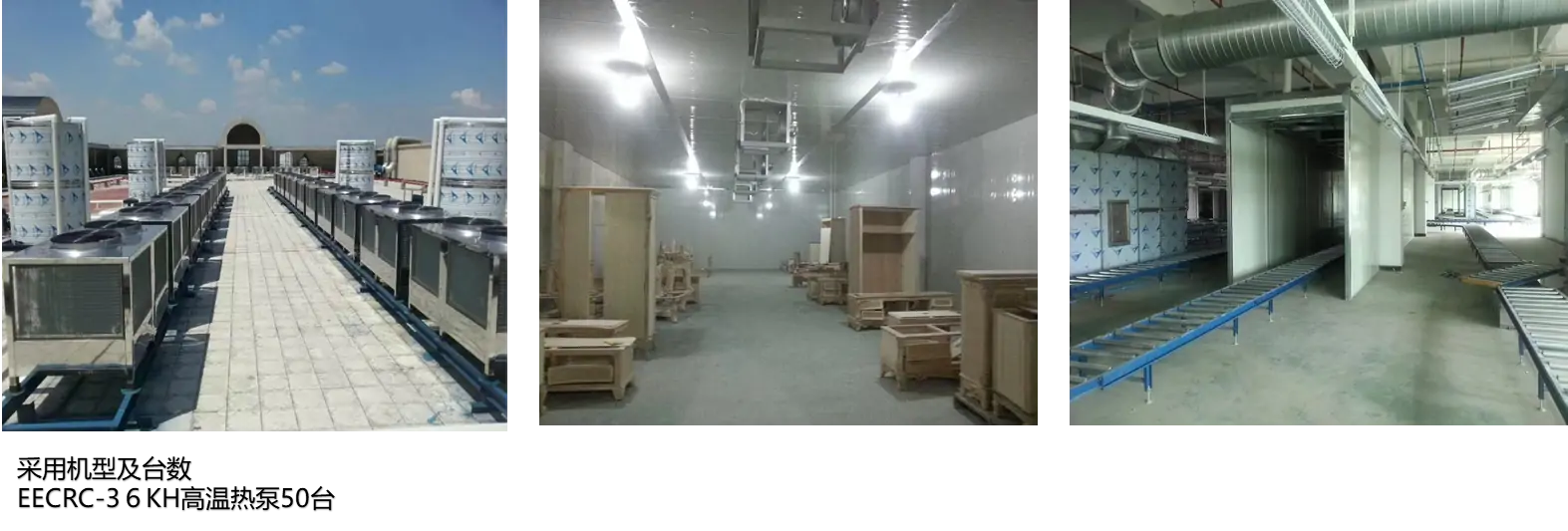Civilian Central water purification Solution systems
Civilian Central Water Purification Solution Systems purify household water. They have multiple filtration stages including sediment, activated carbon, and reverse osmosis for particle, chemical, and contaminant removal. Installed under sink or centrally, they supply purified water. Regular filter replacement maintains their function, protecting health and enhancing water quality, taste, and odor for domestic use.

























